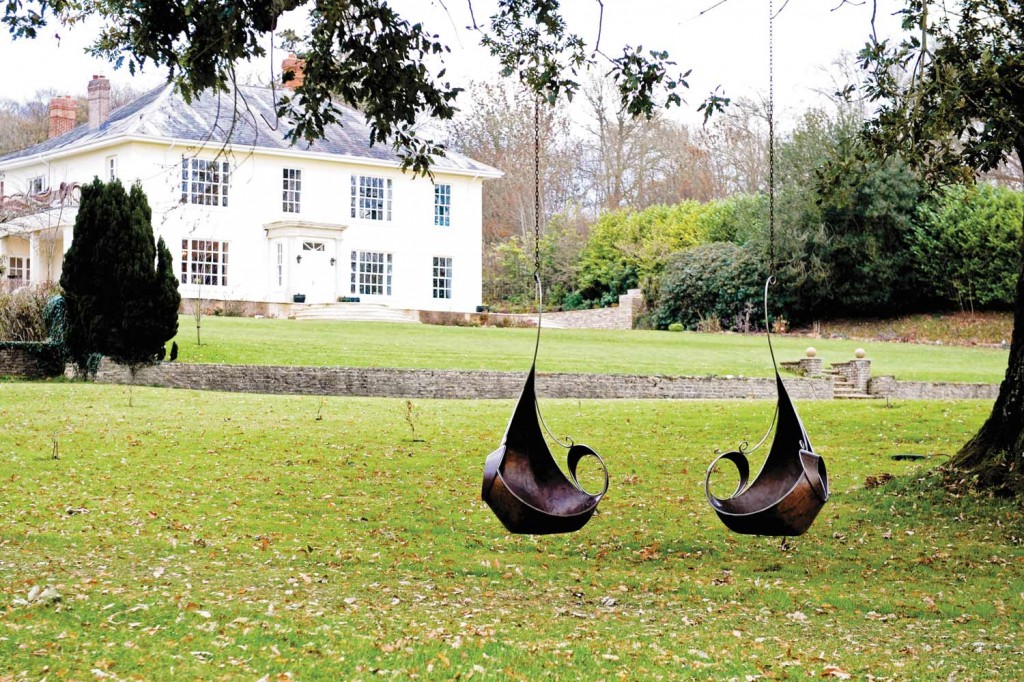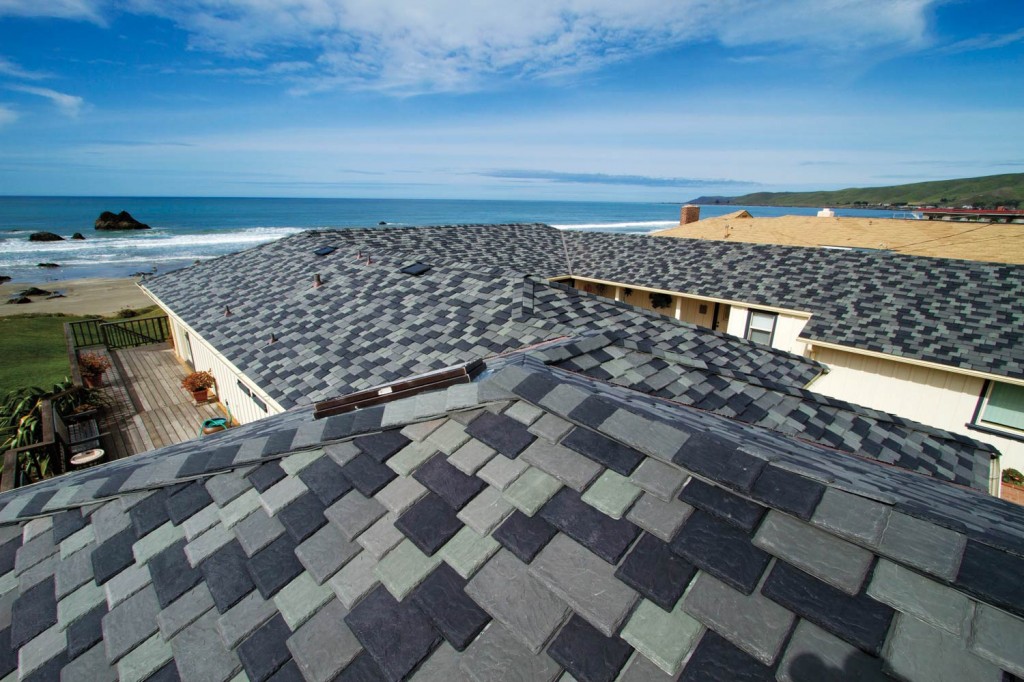Choosing a color for your roof is more than a matter of taste— it’s a science
A home’s roof accounts for a large portion of an onlooker’s visual field, so color is crucial. It is suggested, in fact, for it to be the very first color homeowners decide on when building or renovating a house. Therefore, despite its location, the roof is a home’s “foundation.”
According to color expert Kate Smith, “A well-chosen color scheme can bring out architectural details, down-play flaws, and enhance the look of a home.” Smith has a deep understanding of color theory, and she makes it clear that there is much to consider when determining a roof’s composition, as colors, materials, and their orchestration present a myriad of opportunities. Homeowners’ individual styles are reflected in the hues of their homes, making color choice highly personal.
A roof’s aspects carry many considerations, with the two most important being contrast and value. In most cases, shying away from roofs that contrast sharply with the rest of the home is advised; light and dark values are to be stressed instead. Smith advocates first selecting a color value that is close to that of other permanent features—brick or stone facade, stairs, and retaining walls—then finding a main color with more contrast to blend with exterior details. She also recommends determining a final color for the front door and shutters—one that holds the deepest value of all.
Homeowners, suggests Smith, should look at their neighborhoods for context and direction. By examining both the architectural and natural surroundings, color seekers can determine which tones blend, complement, and stand out. Likewise, a home should relate to its region; climate, topography, landscape, and quality of light are all relevant when considering color. Smith believes natural wood finishes or cooler colors—like blues, greens, grays, and beiges—work best in northern climates, while bright white and more vivid tones are an excellent fit for southern light.
In addition to scouring the neighborhood for ideas, it’s important to establish what makes something visually appealing. Acquire a better understanding of color with professional onsite consultations or by reading Smith’s guide, FRESH Home Exterior Colors. In it, she supports a “top-down” approach for selecting roof colors that will harmonize with the home’s overall exterior. She speaks often of the underlying “cast-color” of an exterior as a key factor; generally, casts are hues of gray, bluish gray, gold, or peach, and they are the common denominators of color design rules.
According to Smith, one of the most common blunders is underestimating a roof’s role in a home’s overall appeal. She insists it is an integral part of exterior home design. Furthermore, she warns, “If a roof color fights with other permanent elements, the main and accent color choices will be limited to those that can work with disparate parts.” In other words, the home is only as good as the sum of its parts. sensationalcolor.com


THE GET : Lily Swing
Accent elements come in many forms—shutters, furniture, and garden art all offer ways to play up a home’s more substantial features. Sometimes, getting a little kooky provides refreshing variations on old themes. Consider designer Stephen Myburgh’s Lily Swing, for example. This six-foot copper and stainless steel swing is not only a conversation sparker, but also a vehicle for highlighting fundamental design components. A half-circular stand measuring nine feet high with a four-foot-diameter freestanding base is available separately. The Lily Swing is priced at $4,841; the stand is $806.95. myburghdesigns.com.


